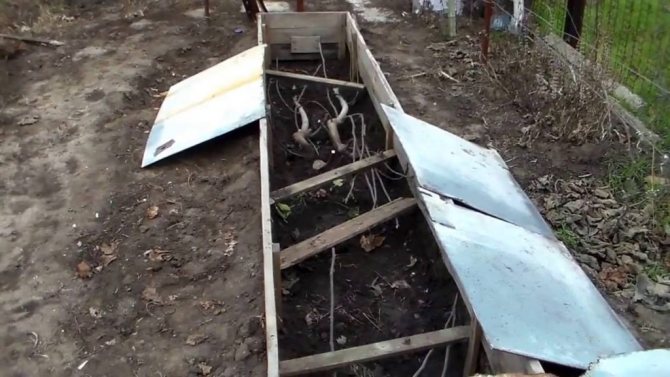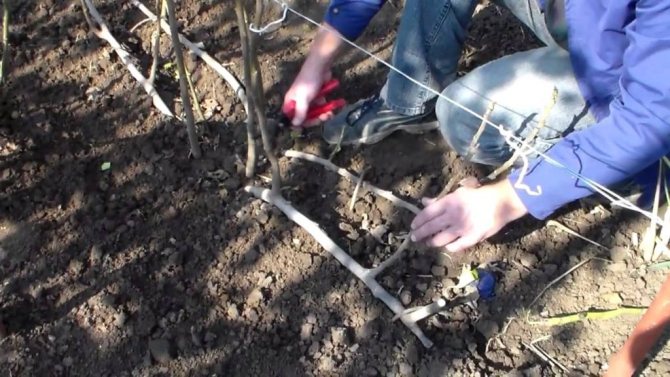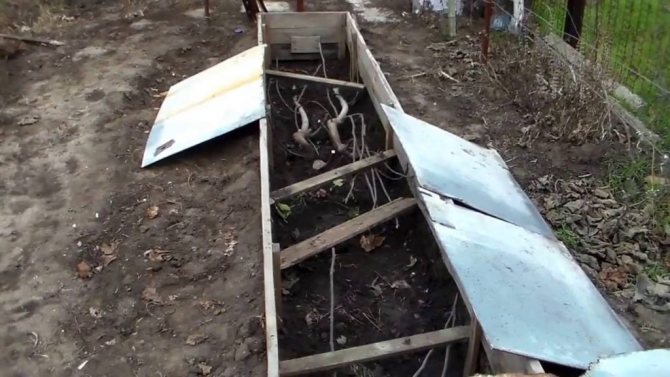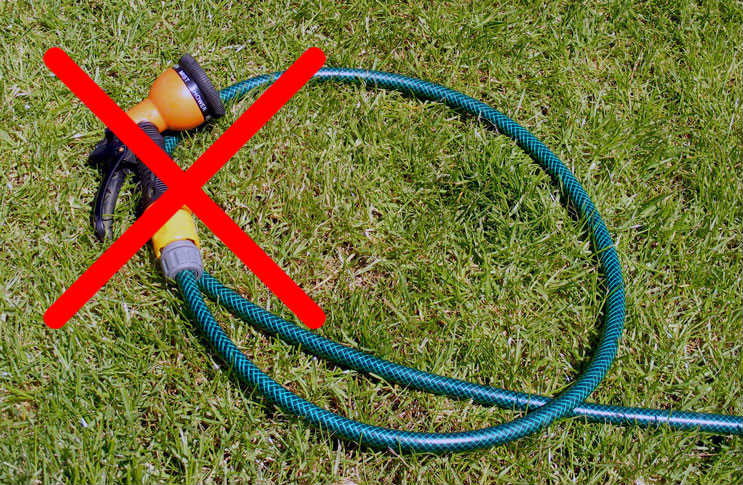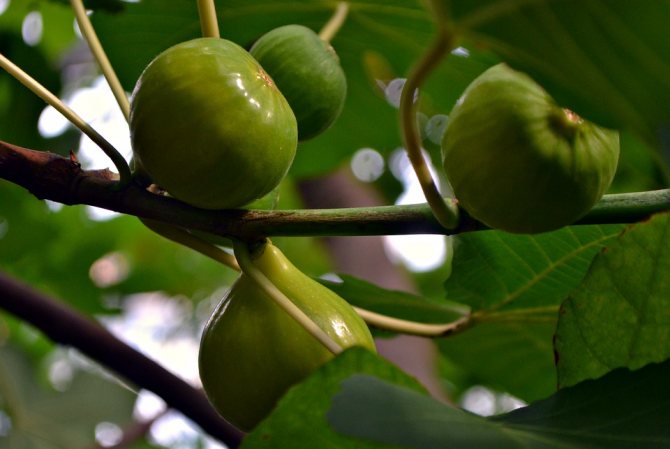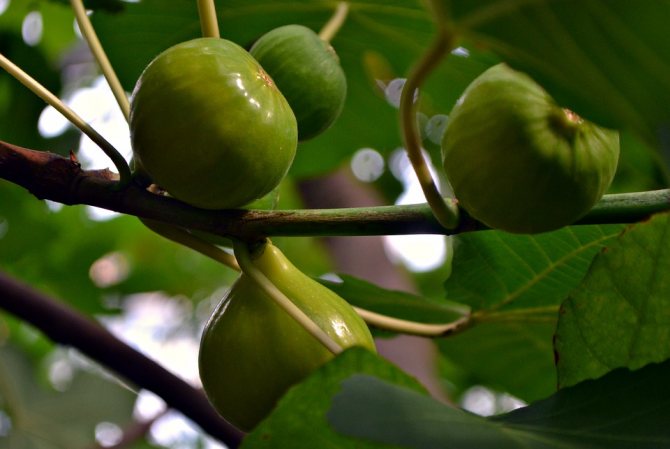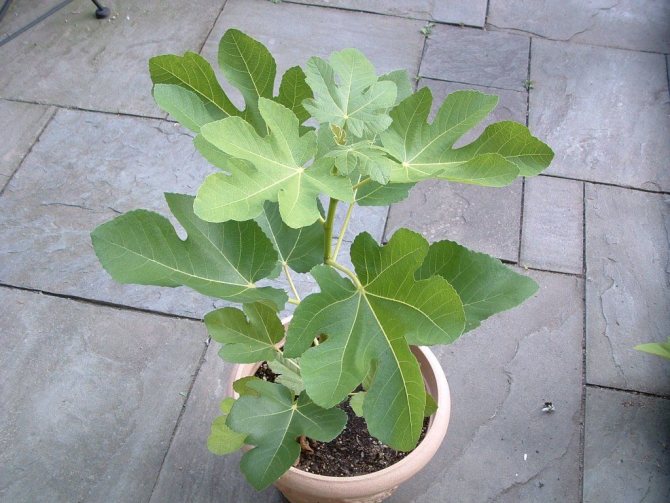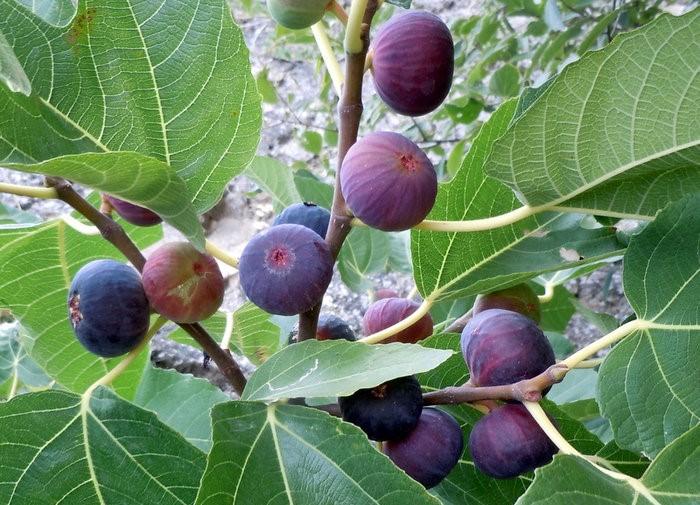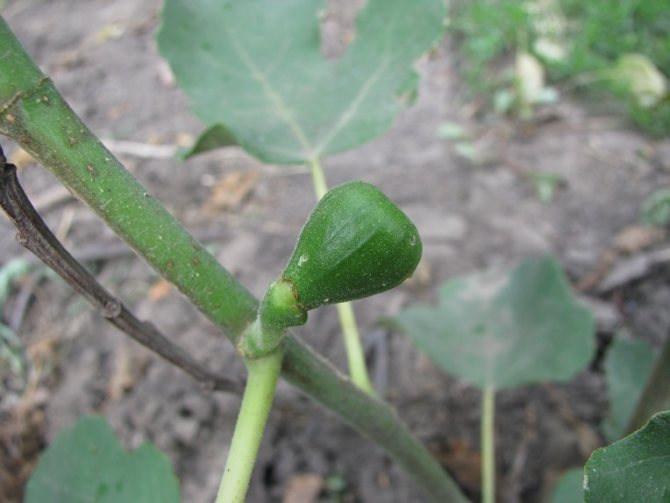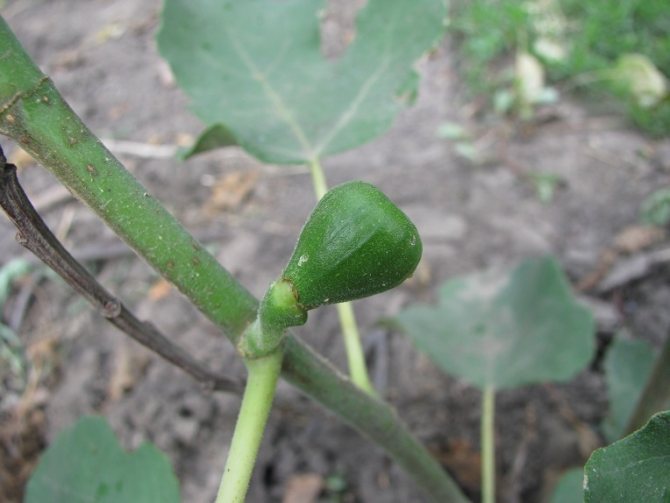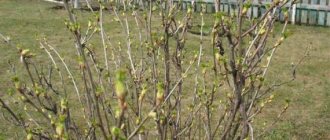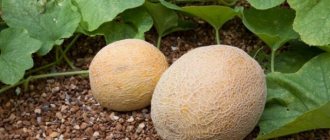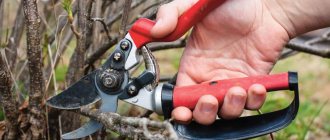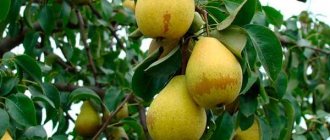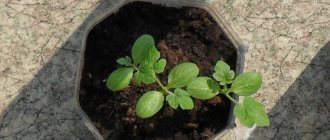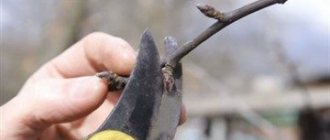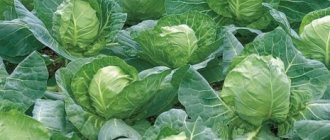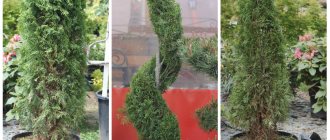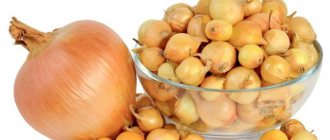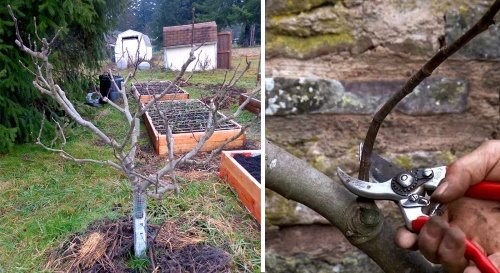
Figs in our area are still a new culture and not all gardeners undertake to plant it. Some are afraid that the tree will not survive the winter, while others wait in vain for fruiting due to improper care. The main problem most often is how to prune the figs in the spring. This procedure is different from pruning “our” hearth trees. First of all, the peculiarity of the fruiting of figs, its active growth, as well as due to the climatic conditions of cultivation.
The subtleties of spring pruning figs
Growing a fig tree in conditions that don't suit the plant is not easy. The main thing is to properly care for an exotic plant. Important activities for the care of figs are:
- watering the plant;
- fertilization of the soil;
- correct pruning of branches.
Pruning branches is important, because if you do not hold this event every year, then the tree will turn into a shapeless thicket that does not bear fruit. Figs grow in warm climates where summer is long. In many Asian countries or in southern Europe, many fig trees grow, which delight the owner with a harvest of 250 kg of fruit from a small plant.
With a decrease in temperature, the tree reduces fruiting. In order for the figs to bring the long-awaited delicacies, they cut off the branches in the autumn or spring season, and also fertilize the soil.
In cold areas, figs are grown in the form of a shrub, this helps the plant to survive in winter, because it is easier to cut off the bush from unnecessary branches and cover it from the cold with special material. Depending on the region, pruning is carried out in spring or autumn. In those regions where the first frosts come early enough, it is better to cut off in the spring, because the plant should recover before the cold weather.
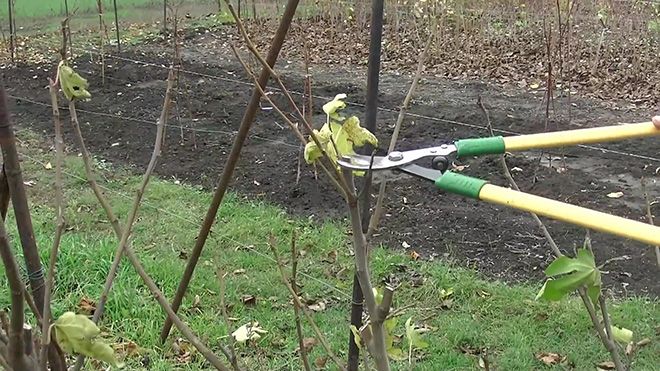

Opening pruning should take place as early as possible. As soon as it becomes clear that the seedling has taken root in this soil and has grown stronger, pruning can be carried out. If the seedling is clearly weak, then it is better to wait a while.
Local horticulture recommends several options for pruning fruit trees, each with a different function. For very young trees, pruning is carried out to form the crown, sanitary or rejuvenating pruning of branches is made more mature. Such procedures must be carried out with a sharp pruning shears, and the places where the branches are cut should be covered with a special garden pitch.
How to properly prune a fig tree when forming a crown is of concern to a large number of gardeners. In most cases, gardeners use fan pruning, the name speaks for itself. The branches are cut in such a way that the plant becomes visually like a fan. It happens as follows:
- Approximately 1 year after planting the seedling, the figs are pruned so that only 3 large appendages remain. The central one is directed upwards, and the side ones are directed horizontally.
- A year later, pruning is carried out, in which the horizontal branches are cut into 3 buds and tied to the main trunk. The main trunk is also shortened slightly to stimulate growth.
- In the third year, all shoots and the main trunk are shortened by 3 buds. After the skeleton is formed, the figs are not subject to global pruning, but only to remove a few buds the next year, as well as dried and weak shoots.
If the climate is cold, then bush figs are grown. A shrub is formed from the seedling.To do this, leave the main trunk with a height of 45 to 90 cm and 4 evenly spaced branches. In subsequent years, all excess is cut off, leaving about 10 branches from the main trunk.
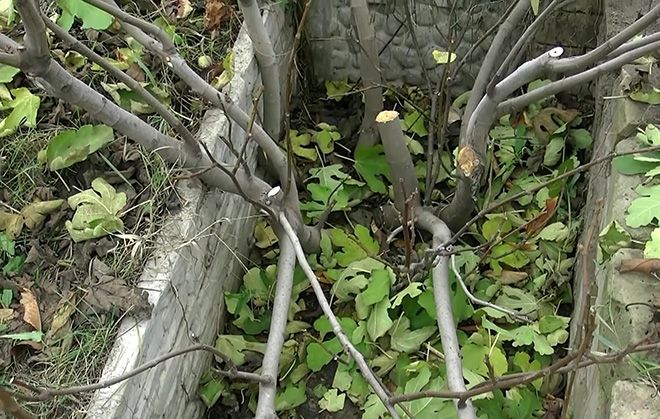

Plant care
For the successful cultivation and fruiting of figs, it is necessary that its root system, which is located close to the surface of the earth, "breathes". To do this, many gardeners grow grass in the trunk circle, which is mowed several times, but not harvested. The earth then does not cake, does not dry out, and sufficient oxygen access to the roots is provided.
Watering is carried out by the drip method. Plants need feeding. In spring and autumn, organic fertilizers are applied, and in summer, ash is fertilized, diluting 0.5 kg of the composition in a bucket of water and letting it brew for 3 days. Top dressing is always combined with watering.
Often in areas risky for a southern plant of cultivation, a crown formation method called "horizontal cordon" is used. It is also used to grow grapes and other heat-loving plants. The essence of the method is that the plant leaves 4 strong shoots, which are bent and fixed on the ground. After a while, they begin to creep on their own, without load. Trellises are placed at a meter height, to which shoots are tied, growing from ground parts. Moreover, they leave branches appearing on the outside of the bush. Internal shoots are removed.
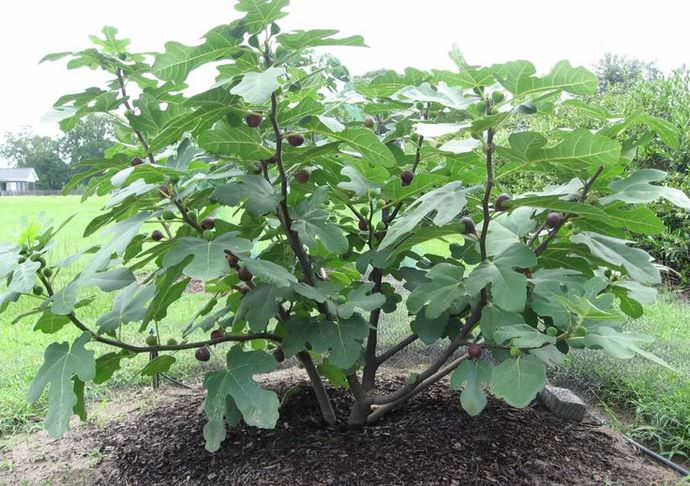

Spring pruning of figs in Crimea
Pruning of figs in the spring in Crimea is carried out from about 10 to 30 March, when, according to forecasters, frosts will not return. The temperature level must not fall below + 8 ° C. If you prune the tree too early, and then freeze, there is a good chance that the figs will not bud for the next harvest.
Sanitary pruning for the Crimean fruit tree consists in leaving the central branches thick enough, because this will help protect the branches from direct sunlight. It is important to remove all shoots that overlap other branches, as they reduce fertility, it is worth doing this with the most powerful branches.
Rejuvenation of figs is important. In this procedure, most of the fruit branches are shortened to a second bud, which should be exactly below the cut. This procedure is done in 2 stages. In the first year, one half of the branches are pruned, and in the second year, the other half. This will allow the plant to rejuvenate gradually and will not cause stress.
Bush formation
To make the plant easier to prepare for winter, it is necessary to form a bush from the seedlings in advance. At the same time, it should not be too thick, since the branches and forming fruits will not receive the required amount of sunlight.
The main conclusion: the thicker the bush, the less fruit.


To make the plant easier to prepare for winter, it is necessary to form a bush from the seedlings in advance. The formation of a bush gives not only an aesthetic effect: it is much easier to cover it, harvest from it and rejuvenate the plant. To form the correct shape of the bush, a sharp pruner is needed, which does not crush the plant, but cuts off the desired length of the stem. It is necessary to determine exactly what shape and size the remaining bush will be. To do this, you need to cut off the extra branches of the bush.
Features of fruiting figs
What kind of care is needed for this plant in order to get a harvest in regions that are unfavorable for it? Will all the techniques used in southern gardening work in more temperate climates? To answer these questions, you need to know the biological characteristics of figs.
The birthplace of figs, or in Latin - Ficus carica, is Asia Minor. From there, this plant spread to all areas with tropical and subtropical climates. It is ubiquitous in culture in Central Asia, the Caucasus and the Crimea.There it is a tree up to 3-5 m high with large carved leaves. Inflorescences, and then fruits - round fleshy berries with a diameter of up to 10 cm in ripe form, are located in the axils of the leaves. Moreover, they appear throughout the summer season, so on one tree you can see fruits of varying degrees of maturity. A sufficiently warm and long autumn allows most of the fruits to ripen, and those that remain for the winter, no larger than a pea, will safely overwinter and ripen in the next season. This is possible only at short-term winter temperatures not lower than -5-7 ° C.
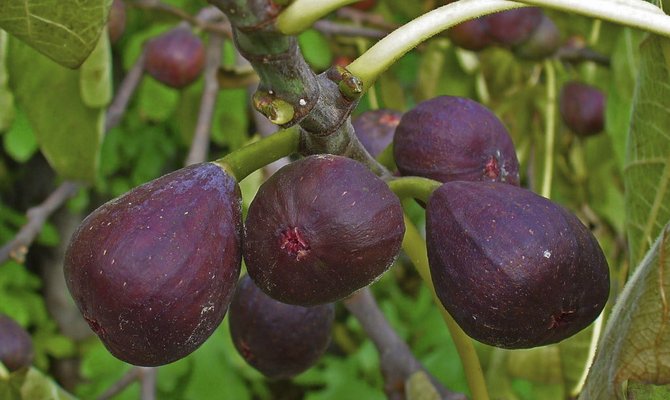

Figs are a plant with a rich history
If in winter the air temperature drops to -18 ° C, all annual shoots die, and, of course, there is no need to talk about any fruiting on last year's shoots.
But figs safely recover from overwintered buds on skeletal branches, plant flower buds in leaf axils, and if there is a sufficiently long warm period, we will get a harvest. Of course, it will not be as significant as in the south, where some mature trees bear about 300 kg of fruit and live up to 100 years.
If you want to have a fig tree in your garden, and winter temperatures drop below -22-25 ° C in your area, then you will have to grow it as a short bush or cordon to cover it for the winter. How to prune figs following the example of covering grapes, you can find out by watching the video. If you want to grow figs in a non-sheltered culture or as a houseplant, then a simple description, taking into account the climatic characteristics of your area, will suffice.
Video: What is a fig plant?
Competent landing solves many issues
The answer to the question of how to grow figs on the site, to protect from frost, will be a smart planting. The following method is the most effective in our climatic conditions. Trees planted using this method practically do not suffer from frost even in the most severe winters. It should be noted right away that this is the most time-consuming operation of northern fig tree farming, but the return on it will be colossal. It's about landing in deep trenches.
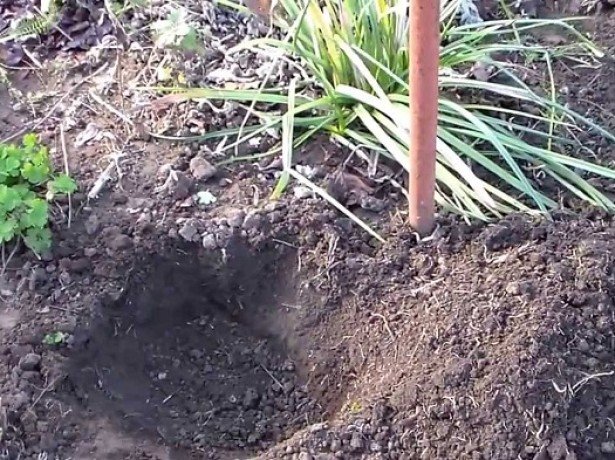

In the photo there is preparatory work for planting figs
First of all, let's decide on the landing site. It should be the sunniest in your area. It is desirable that from the south there are no strong trees or tall buildings, and from the other three sides there is protection from the same trees or buildings. This will create an additional hotter microclimate in summer - just what a fig tree needs. We will dig a trench not in the north-south direction, as for most other horticultural crops, but with a west-east orientation. This way we give the maximum amount of sun to our future fig grove.
How to prune figs correctly depending on the growing region
In the southern regions, figs are cut both in the fall, after the leaves have fallen, and in the spring, before the buds open. Pruning is aimed at thinning, removing dry and poorly located branches and periodically reducing the crown. It is carried out carefully, because excessive pruning can cause strong growth of lateral shoots and thickening of the crown. All sections are covered with garden varnish to prevent infection. An undesirable increase in the height of the tree can be avoided by pinching the growths in the summer.
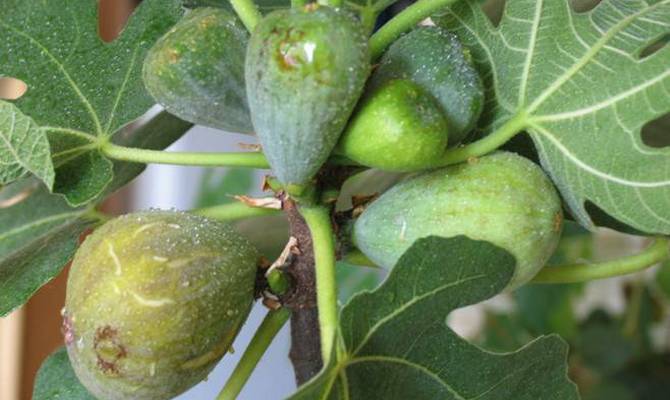

Trimming and shaping the bottom
In the zone risky for the cultivation of southern fruit plants, figs are grown in the form of a bush or a low tree and cut in the fall, greatly (up to 20 cm) shortening all summer increments. Then the plant is tied with insulating material (reed mats, matting) or simply covered with earth, as the video on the formation of figs as a covering culture demonstrates.
Video: Pruning Figs
Indoor fig culture
It is very popular now to grow a fig tree as a houseplant. The ease of propagation by cuttings, the presence of varieties that bear fruit in indoor conditions without pollination, beautiful large and carved leaves and the rapid onset of fruiting make this plant attractive to many lovers of indoor exoticism. Do I need to prune a houseplant and how to do it correctly? You need to cut it, otherwise the shoots will stretch out strongly, the bush will lose its attractiveness and the side shoots on which flower buds are tied will no longer form. At the same time, too intensive pruning of figs is not recommended: this will cause a strong thickening, as a result of which the fruit branches will become too short and fruiting will stop.
Anti-aging pruning
Like other fruit plants, an old tree or fig bush can be rejuvenated by pruning. This procedure is also carried out in the fall, about a month after shedding the leaves. About half of the old fruit branches are shortened to 2 buds. The next year, cut the other half of the branches.
We recommend that you familiarize yourself
From the foregoing, it follows that figs are a fairly plastic culture, easily pruning and shaping, which makes it possible to adapt it to various climatic conditions. Ripe fruits are very tender and cannot stand long-term transportation. Therefore, in order to feel the real taste of a wine berry, you can try to grow this plant in your garden or in your room.
Routine pruning of figs in the fall helps the plant prepare for the cold season. Removing many young shoots redirects the nutrient juice to the fruit, making the crop larger and larger.
Other stages of preparation for wintering
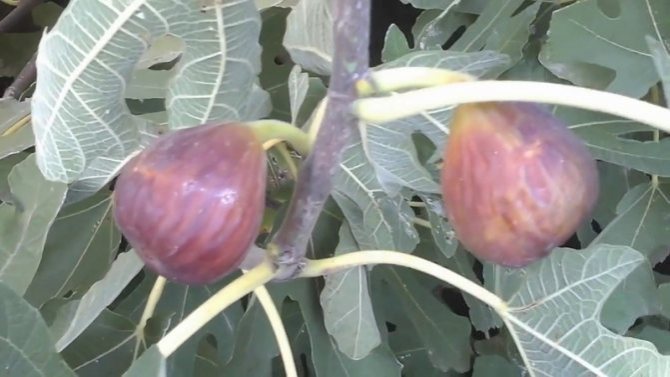

Figs are prepared for the rest period:
- Stop watering. Excess moisture in the trees will lead to freezing, and an overdried rhizome will not survive the winter. The last time the fig tree is watered abundantly is right after harvest, in September. The fig bush is no longer watered, the root system is allowed to dry out so that excess moisture does not lead to its decay.
- Stop feeding. During the period of setting and ripening of figs, figs are fed only with potash fertilizers, which stimulate the formation of wood. The complex of minerals should not contain nitrogen, as it provokes the growth of green mass. Fertilizers are applied after abundant watering of the plant. After the last feeding of the figs during the formation of the figs, the plant is no longer fertilized, since a dormant period comes for it.
- Correctly cut the branches of the crown... Shorter shoots are easier to cover for the winter.
- Process slices... An infection can get into open wounds of a tree or bush, causing it to wither or even die, so the sections are covered with garden pitch.
- Mulch. Winter-hardy varieties of figs are mulched with spruce branches, straw or peat. Heat-loving varieties are insulated using breathable materials.
In rainy weather in the fall, it is recommended to put plastic wrap on the trunk circle to prevent water from entering the soil. After the end of the rain, the film is removed.
Pruning
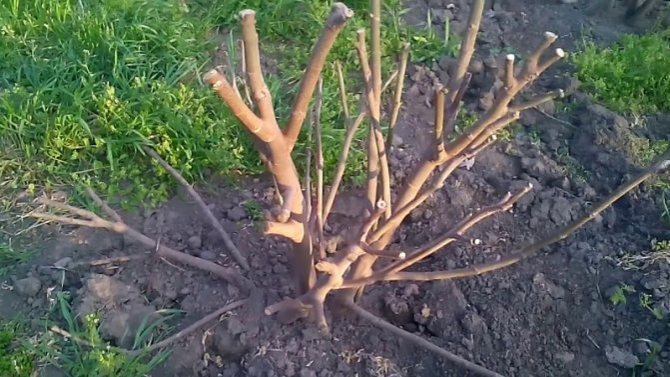

Pruning figs is needed to:
Pruning a tree
The most favorable for the growth of this representative of the flora is a temperate warm climate with a long summer period. In countries with similar weather conditions, it is not difficult to grow figs. The height of a tree trunk without a crown reaches 1.2 meters.
Under unfavorable climatic conditions, the fruiting of the plant decreases. To avoid this effect, you need to help the figs get rid of excess branches and direct the greatest flow of nutrients to the fruits. For this, this representative of the flora is pruned and shaped.
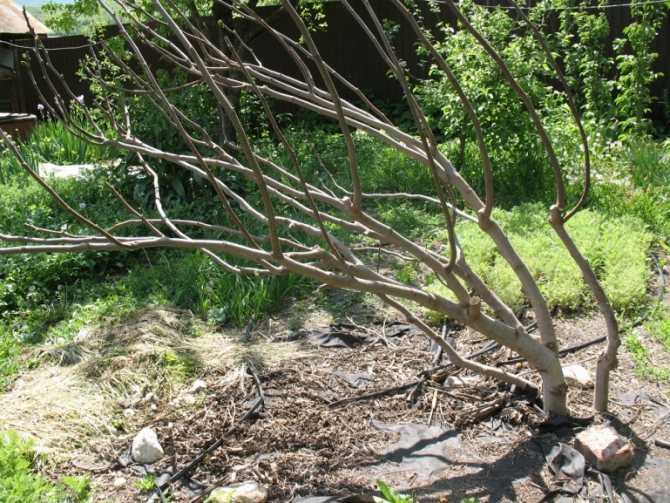

To solve temperature problems, many gardeners put this plant in greenhouses.To help the tree take up less space, it is often grown indoors to help reduce the size of the tree and limit its growing area.
In cold climates, it is recommended to create a fan-shaped crown to cover the figs and they survived the winter safely. For additional heat preservation, with the onset of cold weather, the figs are covered with straw mats.
Create a dwarf effect
If the plant is limited to the area of distribution of the root system, then it will decrease in size due to a lack of nutrients coming from the roots. Therefore, in order to grow small figs at home, it is recommended to plant them in a container or pit.
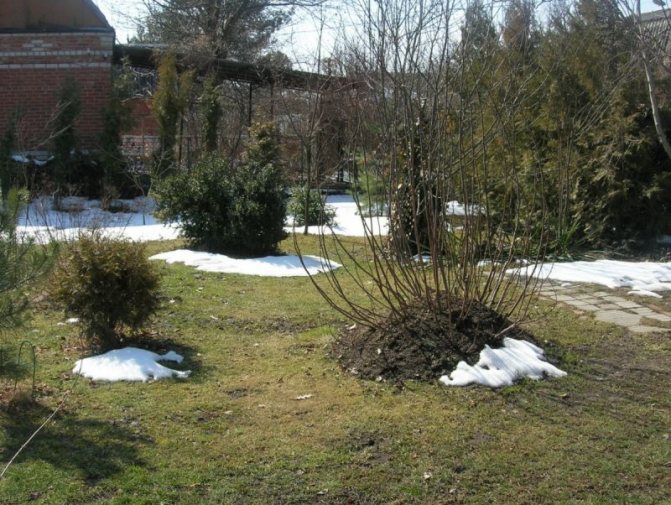

To grow small figs at home, it is recommended to plant them in a container or pit.
The area of the container should not exceed 4 square meters. m. Along the perimeter, it is fenced with stones or concrete. There should be a layer of broken bricks or rubble at the bottom of the pit or container.
Difference in yield
Young gardeners do not know that figs (pruning and caring for them) are different from some other types of trees. A single fruit-bearing branch sometimes produces figs at three stages of development at the same time. The first fruits to ripen from the buds that survived cold times. Further, nutrients enter the new shoots that have grown in winter.
In native climatic conditions, such buds will give out new fruits by the month of August. In the same period, replacement shoots appear, which will bring the harvest next year. The cycles described above are typical for regions with long summers and warm climates.
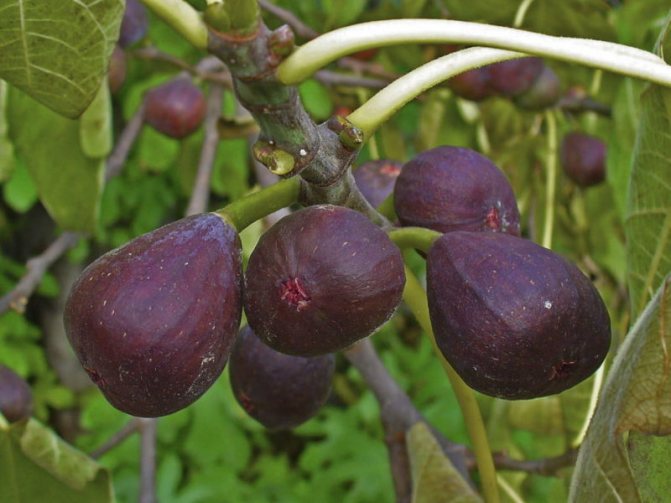

For other weather conditions, such fruiting rules can change significantly. Due to the shorter hot period, spring shoots will not be able to fill with nutrients and ripen by September-November.
In order for the fruits to ripen at the right time, the figs are shaped and pruned. The highest quality harvest can be obtained with overwintered one-year-old buds. Because of this pattern, gardeners cut off unnecessary plant elements in order to redirect nutrients to the productive shoots.
Creating the crown and side branches of a fig tree
If you don't know how to prune figs in order to improve their fertility, then for this in the first years of life you need to create a strong vertical pillar - a stem. When at least 3 lateral shoots appear on the primary shoot 0.5-1 meter high, then you can start forming a tree. Manipulations are carried out in February-March at a stable temperature above 8 degrees.
At low temperatures (up to 10 degrees) in the region in spring, you need to increase the crown in size and open it more for the sun. At temperatures above 20 degrees (late summer, early autumn), the purpose of pruning changes, it is required to destroy the lateral shoots, and instead keep the shoots in the middle of the crown, since its spreading leaves will protect the fruits from the sun's rays.
The similar shape of the fig tree resembles the fan formation of other fruit plants, but the branches are at a more distant distance from each other. For 2-3 years of life, figs must be tied to an additional support (cellular trellises). In the future, fruiting branches will be tied to the auxiliary frame. Trellis should be at least 2.5 meters high and 4 meters wide.
Fig tree formation
The most interesting from the point of view of aesthetics, compactness and productivity is Verrier's palmette.
Build a trellis of wire or thin wooden slats against the wall. The trellis should look like a checkerboard with a cell size of about 20 cm. We will tie the figs to them. For the first year, we leave three upper shoots at a seedling at a height of 20 cm. We start one up vertically, cutting it off several times during the summer, thereby limiting its growth.We tie the two side ones to the trellis, lead them in different directions from each other at an angle of 45 ° to the soil each.
It turns out a kind of trident. As soon as they reach a length of 90-100 cm, we bend them parallel to the ground. If they have already managed to become woody and do not bend, then we saw it off by a third of the diameter with a saw with small teeth in several steps under the bend, that is, where the branch departs from the trunk. This will keep the branches from tilting. We start the further growth of these shoots vertically, tying the corners to the trellises for accuracy.


The photo shows the cultivation of figs on a trellis
The next spring, the middle trunk is cut 20 cm above the place of formation of the first tier of branches. We repeat the same operation. Only now we let the lateral shoots grow 20 cm shorter than the lower tier, after which we also bend it parallel to the ground. So we grow up to the fourth or fifth tier. They will be the last. Here we leave only two branches and both lead on opposite sides at once parallel to the soil, the growth force at the top is enough for them even in this position. We are waiting for them to grow up to 10 cm, then we also start up vertically.
Ultimately, we get a nice, compact shape. Verrier's palmette is very symmetrical. The upper branches practically do not overtake the lower ones. It remains only to periodically pinch the upper tips of the branches. We do this every two weeks with our nails, without even resorting to a pruner. This stimulates the formation of fruit buds along the entire length of the tree. Thus, we get a squat bush, evenly filling the space allotted to it.
Remember that the harvest of figs is formed on a new growth. Small lateral branches will grow along its trunks, stimulated to grow by systematic pinching of vertical shoots. They, crop carriers, also require constant pinching. After two years, we prune them, allowing the growth of new branches. Fig berries grow most at 2-year increments.
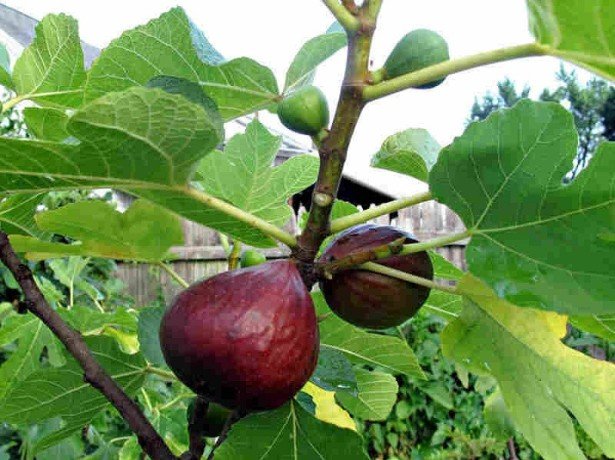

Photo of fig fruits on a tree
Winter shelter of plants
After waiting for the end of the main growing season of the figs, when the average daily temperatures do not exceed + 2 ° C, we proceed to shelter the bushes.
- We remove the covering autumn structures: remove cellular polycarbonate or non-woven material, arcs.
- We bend the branches protruding above the level of the northern wall of the trench to the ground.
- We lay the flooring tightly to each other over the pit: boards or plywood along its entire length.
- We put a strong film on them, more than one and a half meters wide.
- We put a layer of earth about 10-15 centimeters on the film.
The winter shelter is ready. The soil on top of the decks will prevent severe frosts from reaching the wood. Adequate air volume inside the shelter will provide normal aeration of the bushes. The main thing is to remove the shelter in time in the spring.
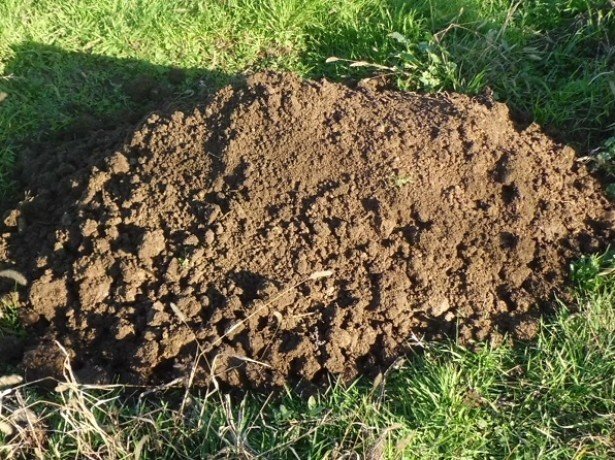

Photos of figs shelter for the winter


